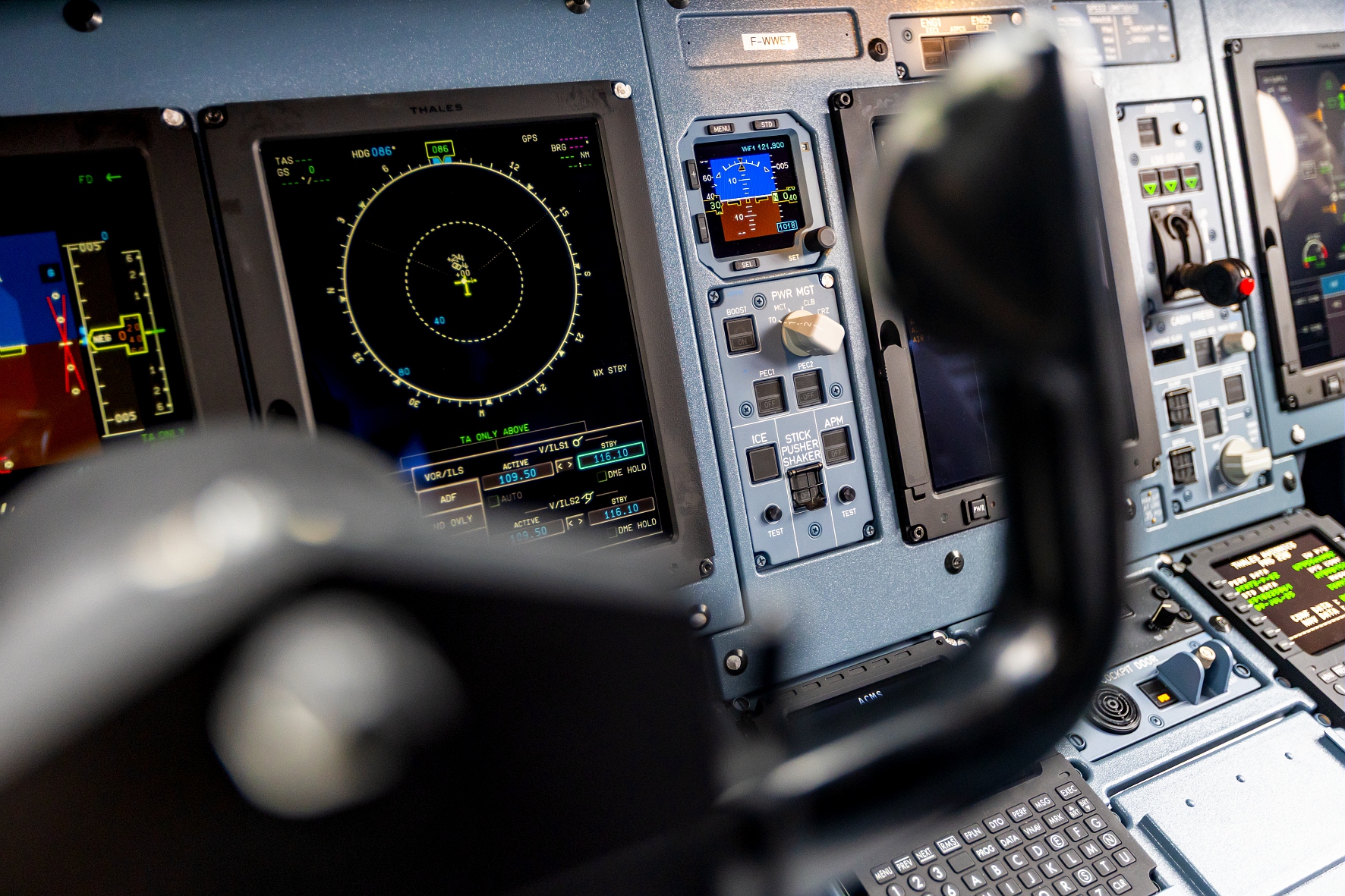Avionics, a blend of the words “aviation” and “electronics,” refers to the comprehensive array of
electronic systems designed specifically for use in aviation. These systems range from engine controls
and navigation to communication systems, and are integral to both aircraft and spacecraft operations.
What is avionics?
Avionics encompasses all electronic devices used on aircraft, including systems for flight control, navigation, and communication. These are essential for the operation of all types of aircraft, from commercial airliners and military jets to private planes. The field of avionics includes both the hardware and software components that contribute to the performance, safety, and efficiency of air travel. Advanced avionics systems integrate multiple functions, facilitating streamlined maintenance and cost containment. In a turboprop aircraft, avionics systems like torquemeters and exhaust pressure ratio indicators are pivotal for engine management and operational efficiency.
What are the examples of avionics?
Examples of avionics include communication radios that enable real-time voice communication
between the aircraft and ground or between different aircraft. Navigation systems such as GPS (Global
Positioning System) and VOR (VHF Omnidirectional Range) are fundamental for guiding aircraft along safe and efficient routes. Avionics also covers sophisticated systems like weather radars, which help pilots navigate around adverse conditions, and traffic collision avoidance systems (TCAS), which
enhance flight safety. Avionics configurations can vary significantly depending on the aircraft type.








